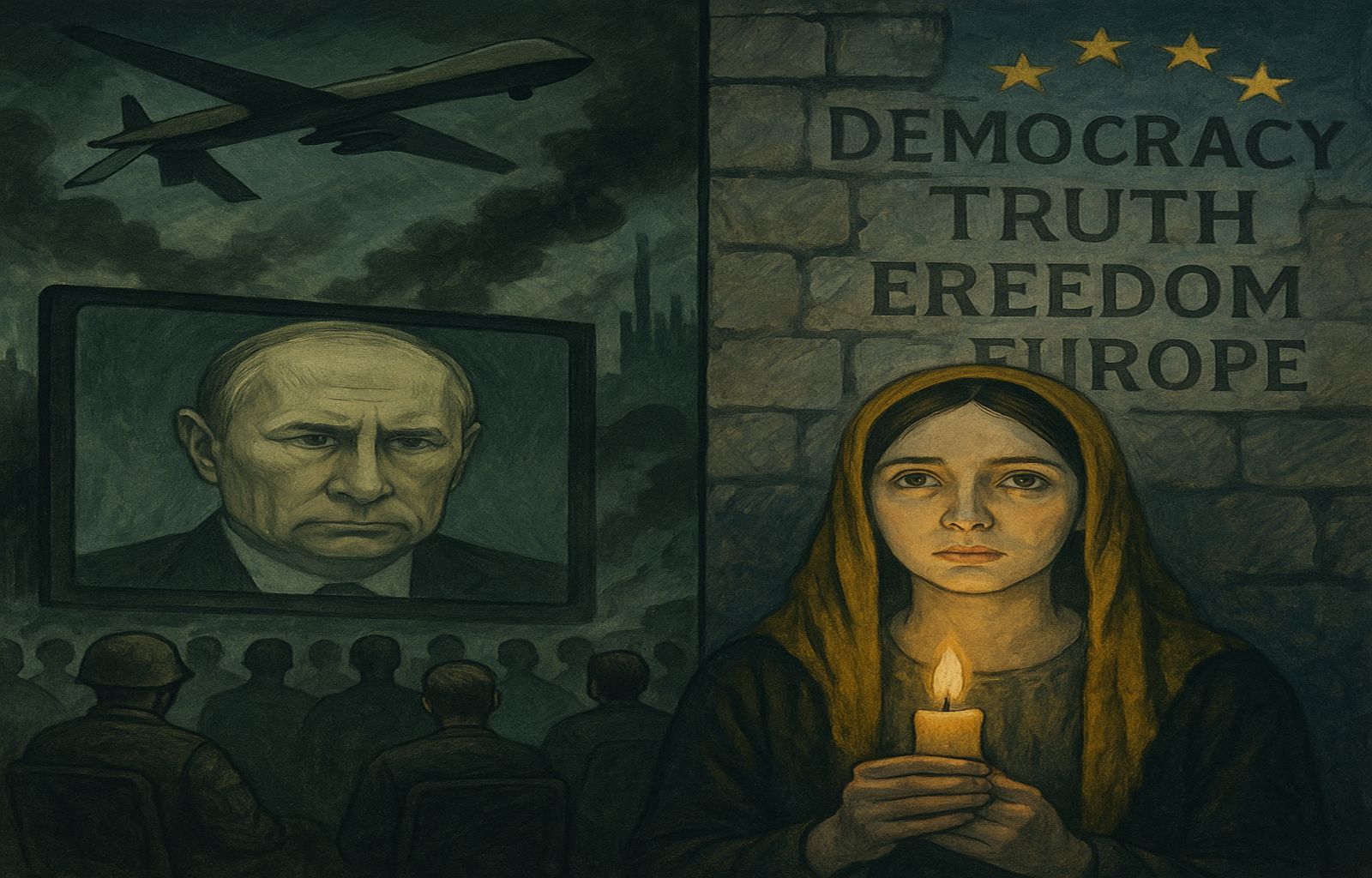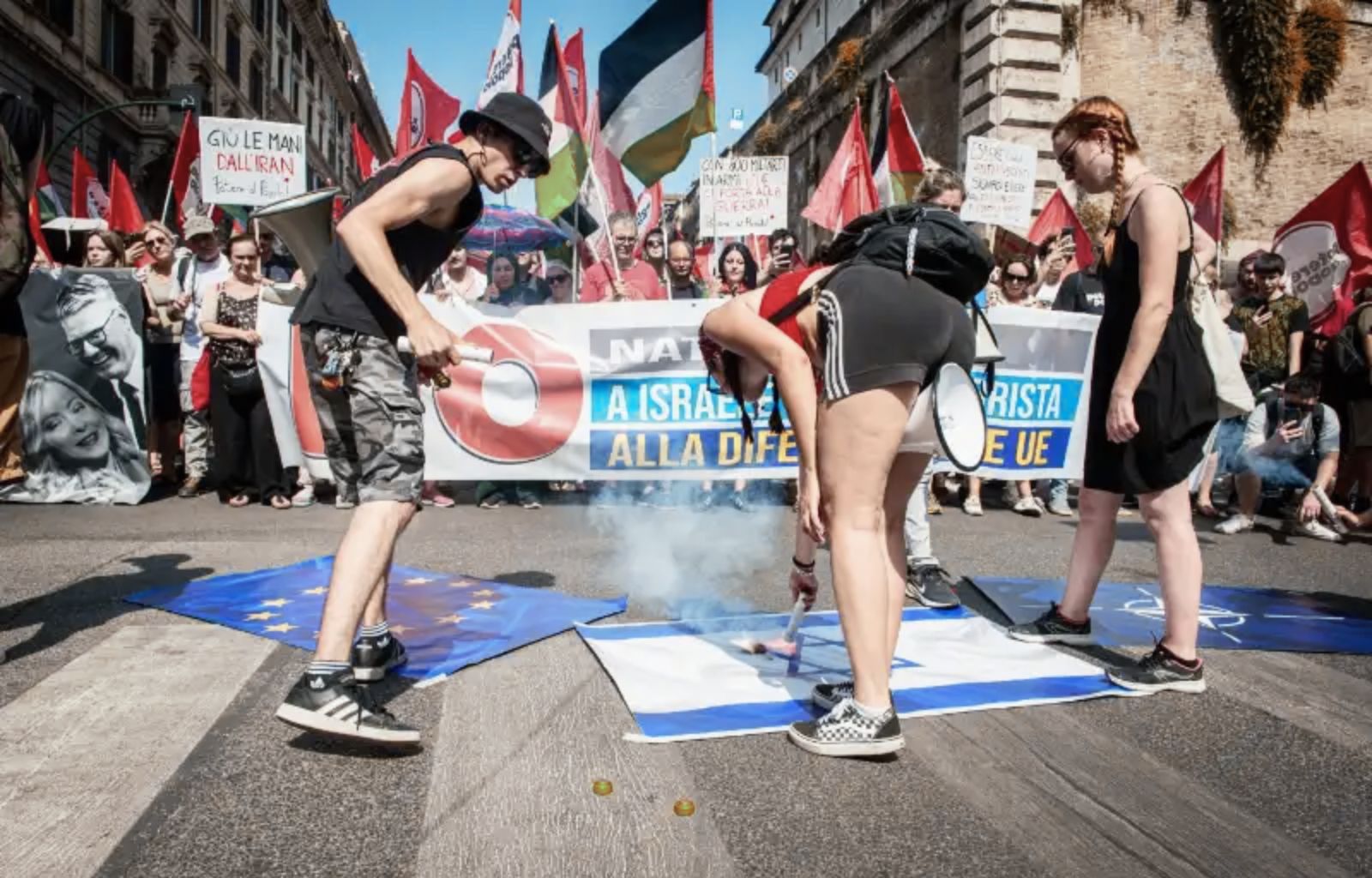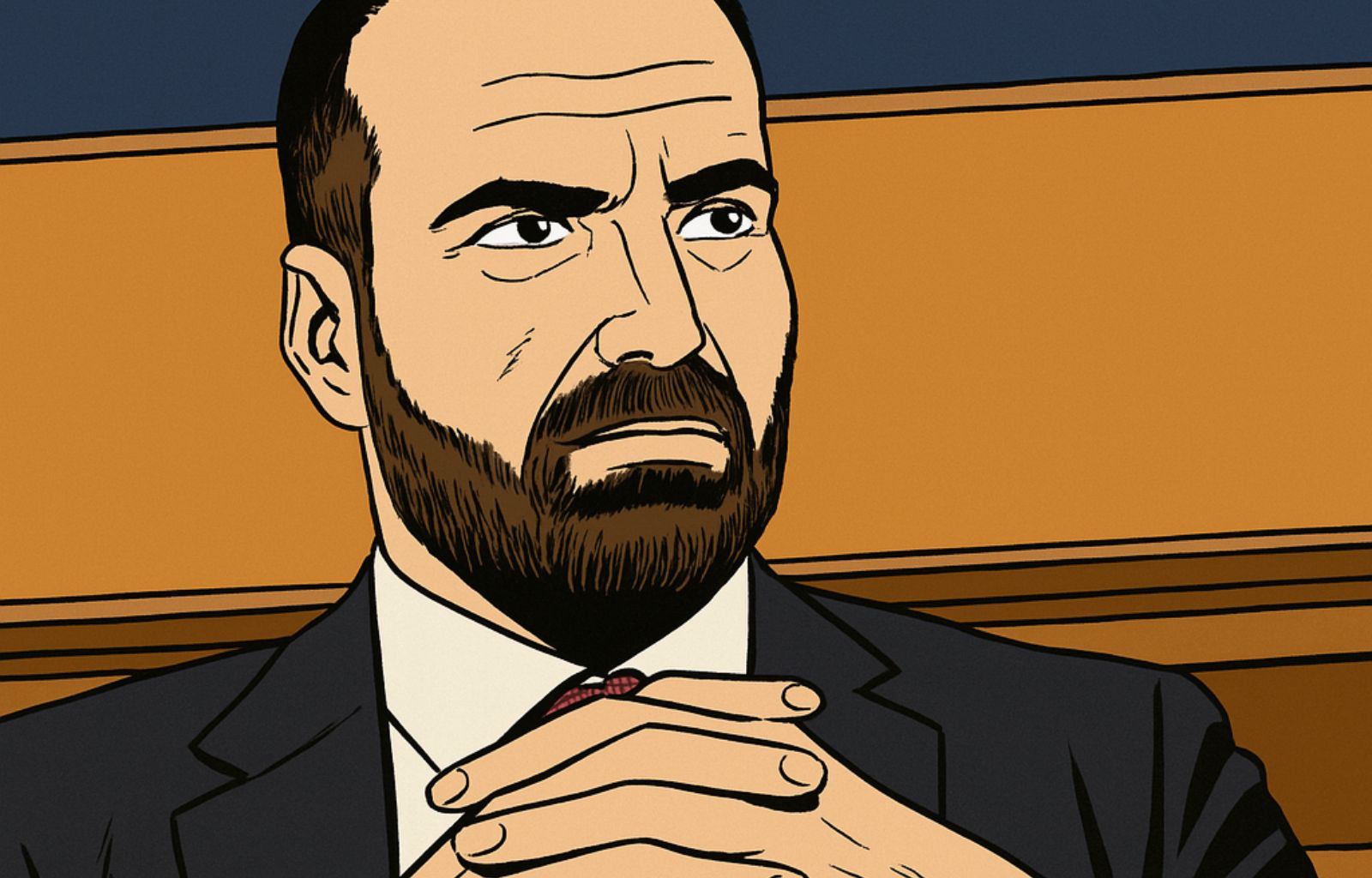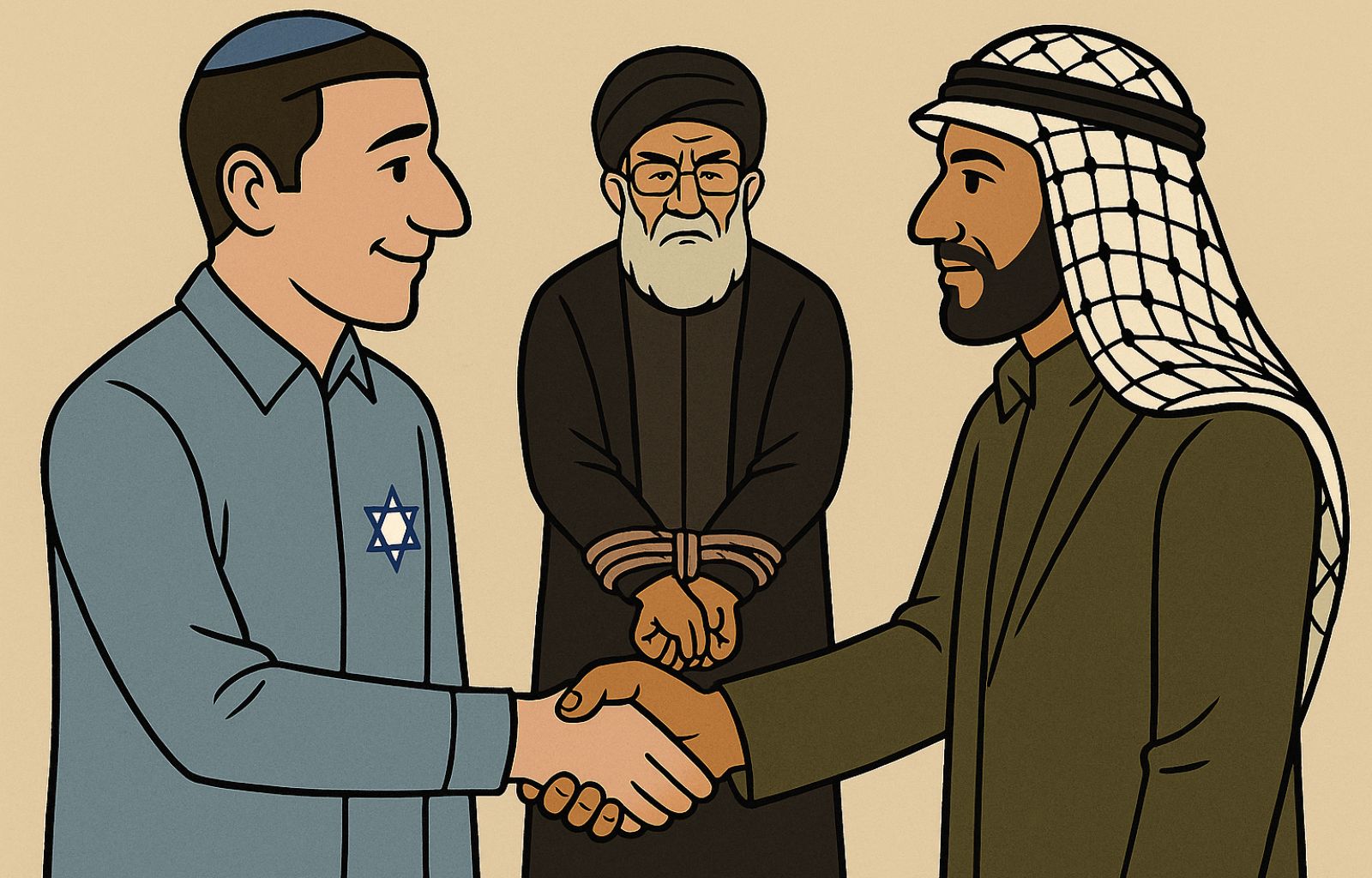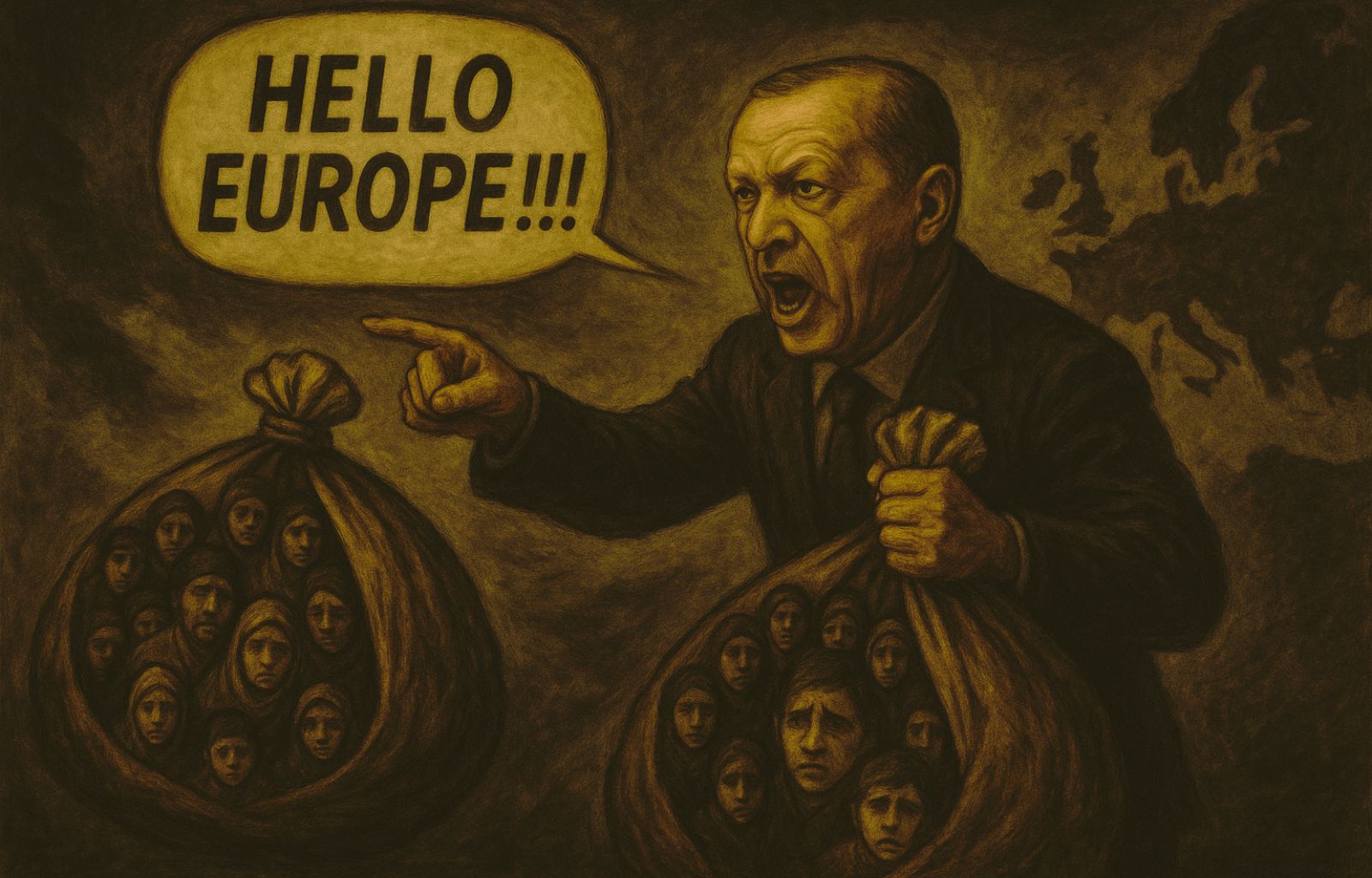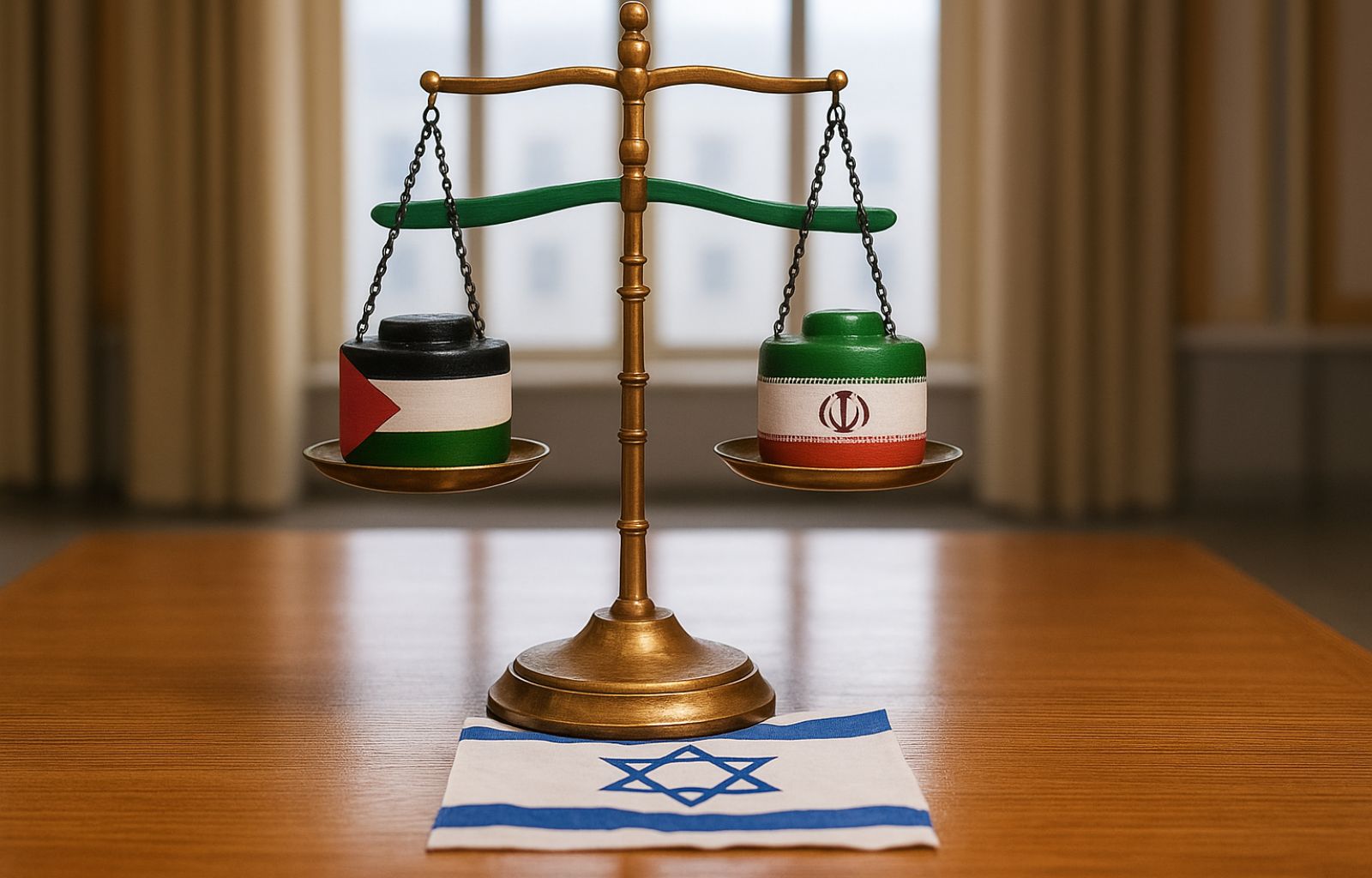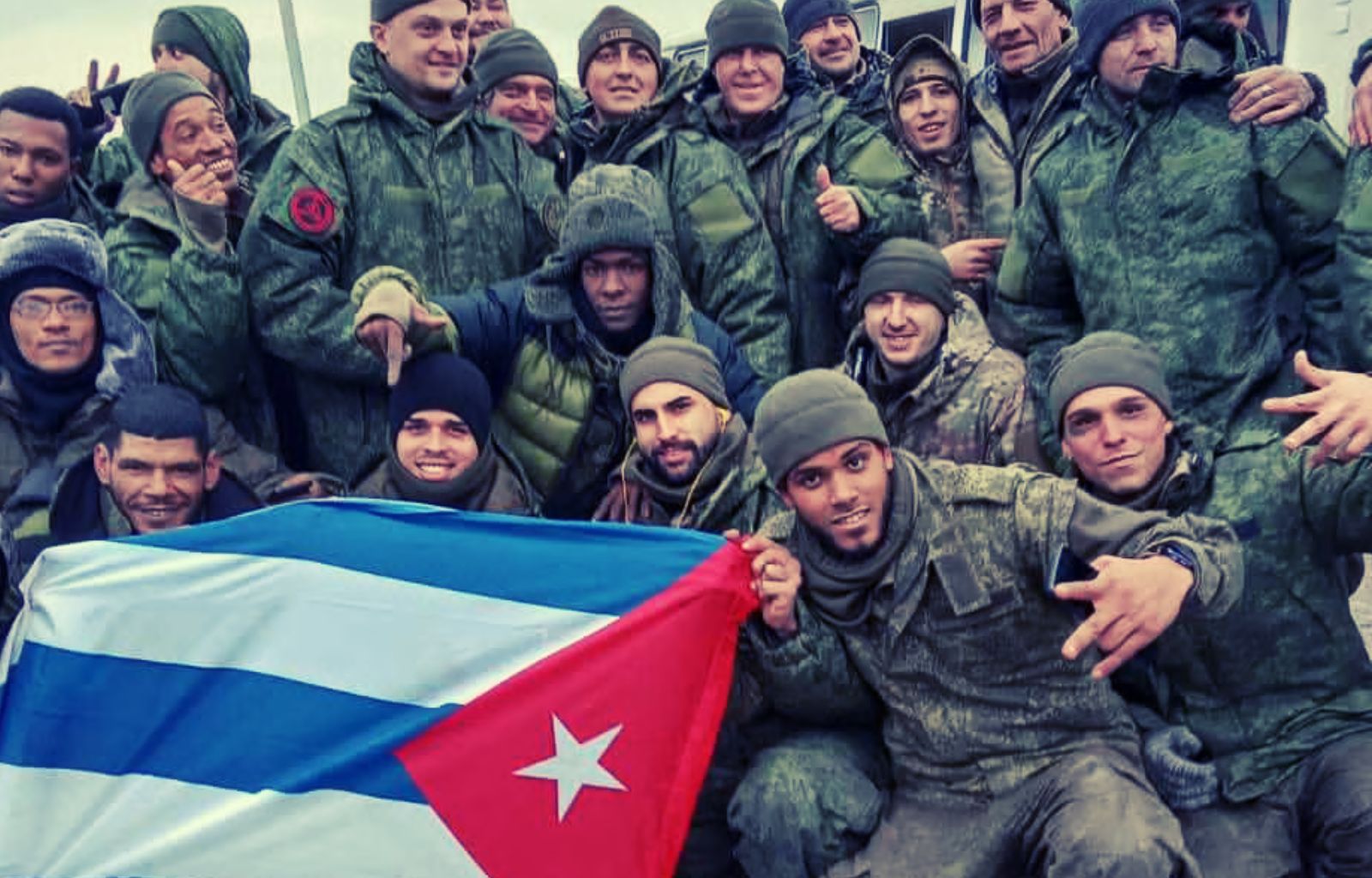The agreement according to Moscow: peace or surrender? Analysis of the conditions demanded by the Kremlin

Part 1 – Russian conditions: a document of ‘peace’ or hegemony?
On 1 June 2025, shortly after the brief meeting between the Russian and Ukrainian delegations in Istanbul (which lasted less than an hour), Russian media published what is described as a proposal for a peace agreement by the Russian Federation, presented as the basis for negotiations to end the war in Ukraine. The document, structured in three sections, lists a number of conditions that Kyiv should accept in exchange for a ceasefire and a gradual return to normalcy. However, the content of these conditions raises profound questions about the real nature of this proposed ‘peace’.
Section I sets out the key parameters of the agreement. Chief among them is the international legal recognition of the annexation by the Russian Federation of Crimea, Luhansk, Donetsk, Zaporizhzhia, and Kherson, with the complete withdrawal of Ukrainian troops from those territories, including the portions of these oblasts not yet conquered (Russia does not even control the capitals of the last two). Additional demands aim at the structural neutralization of Ukraine, banning it from joining any military alliances and even from hosting foreign military bases or infrastructure. The draft also imposes selective disarmament, including strict control over the size and capabilities of the Ukrainian armed forces, the dissolution of units labeled as “nationalist,” and the recognition of Russian as an official state language. There is also a reference to the protection of the Russian-speaking population, reviving one of the core propaganda narratives Russia has used to justify its invasion.
Section II addresses the ceasefire, offering two options: one tied to the unilateral withdrawal of Ukrainian forces, and another as a “package deal” that requires an end to mobilization, the cessation of Western military aid, the dismantling of cooperation with third countries, and the abandonment of internal and external resistance activities. In return, Moscow proposes a political amnesty, the lifting of martial law, and the scheduling of supervised national elections within 100 days.
Finally, Section III outlines the timeline for implementing the agreement. This includes a preliminary ceasefire to collect the dead, the creation of a bilateral monitoring center, the gradual signing of various memoranda, and ultimately, final ratification of the treaty by the UN Security Council.
On the whole, the document proposed by Moscow constitutes a profoundly lopsided package: on one side, it imposes highly detailed and binding conditions on Kyiv; on the other, it offers only vague openings toward economic and diplomatic reconciliation. The conditions delineate a complete redefinition of Ukrainian sovereignty according to Moscow’s terms—not as the outcome of a balanced negotiation, but as the result of a clear power imbalance.

Part 2 – An agenda that would violate all international law
With this list of conditions, Moscow is not proposing a peace agreement, but a unilateral redefinition of the international order. And it does so with violations. A simple legal examination of the Russian document shows us how each paragraph is in open contradiction to the normative pillars of the UN, the OSCE, the Helsinki Accords and European constitutional jurisprudence itself.
The UN Charter is clear from the very first articles. Article 1(2) enshrines the right of peoples to self-determination, while Article 2 imposes sovereign equality among member states, respect for commitments, peaceful settlement of disputes and, above all, abstention from the threat or use of force. Yet the Russian plan was conceived and presented during a military occupation, at gunpoint and envisaging a selective disarmament of Ukraine: a clause that, if accepted, would deprive Kyiv even of the right to self-defence (Art. 51) and would tie its hands with respect to any regional alliance (Art. 52).
It doesn’t get any better with the Charter for European Security signed in Istanbul in 1999, Article 8 of which requires every state not to strengthen its own security at the expense of that of others. The Russian document, on the other hand, imposes Ukrainian demobilisation and the disbanding of entire military structures, without any speculative commitment. Articles 11, 14, 19, 21, 22 and 25 then reinforce the framework, evoking principles such as respect for the rule of law, the prohibition of violence, the defence of freedom of conscience and the obligation to guarantee free elections: all conditions that the Russian draft ignores or waives.
TheOSCE itself is founded on the 10 principles of the Helsinki Accords of 1975, revived in 1990 by the Charter of Paris: sovereignty, territorial integrity, non-interference, human rights, freedom of expression, self-determination. None of this would survive if the Moscow proposal were to be signed, which would sanction a political, military and cultural surrender of Ukraine under the pressure of a neo-Czarist diktat.
This also breaks the 1997 Russian-Ukrainian friendship agreement, already trampled on with the invasion of Crimea in 2014. And it even contradicts an opinion of the Venice Commission of the Council of Europe (2011), which recommended that the Ukrainian language be protected as a priority to avoid its debasement under Russian pressure.
A unilateral imposition
In light of these considerations, it is legitimate to question the meaning attributed to the concept of ‘peace’ today, especially when it is invoked in the absence of conditions that guarantee justice and respect for international law. The hypothesis of a world order based on the principle of force instead of law is intolerable. The proposal put forward by Moscow does not appear as a balanced peace treaty, but as a unilateral imposition that sanctions the defeat and subordination of one of the parties. Defining this dynamic as ‘realism’ legitimises a vision of international relations based on oppression. A lasting peace, on the contrary, presupposes respect for shared rules, the protection of fundamental freedoms and a balance between the parties. Elements that are absent in the document circulated by the Kremlin.

